
How E5P incentivises root and branch energy reform in the Eastern Partner countries
New municipal bus fleets, residential energy efficiencies and district heating reforms are just some of the improvements that have been achieved thanks to the Eastern Europe Energy Efficiency and Environment Partnership (E5P). Issuing grants to make such projects possible has helped to put in place sustainable benefits across the region.
The E5P fund, under the EU4Energy Initiative, is a €180 million multi-donor fund that merges financial contributions from the EU and a group of 22 nations. These are used to leverage national funds and loans from international financial institutions, enlarging the pool of money that can be made available. Grants are distributed to support energy efficiency projects, environmental initiatives to reduce CO2 emissions and other harmful greenhouse gases, and promote policy dialogue.
Tool for reform
These grant allocations are flexible and recognise the specific priorities of each recipient country, helping national and regional governments to reduce energy use, pollution and greenhouse gas emissions. “A good example is the recent E5P-backed acquisition of environmentally-friendly buses for the Georgian capital of Tbilisi,” says European bank for Reconstruction and Development (EBRD) principal manager Ewa Manik. “Georgia is not a district heating country and it is not fossil fuel intensive, but emissions from inefficient public transport have been a significant cause of pollution.”
In order to purchase 150 new buses, the country’s Ministry of Finance took a €27 million loan from the EBRD and received a grant of €7 million from E5P. The fleet has been renewed with low-floor, low-emission buses conforming to high safety standards, on a par with European Union regulations. “I’ve been transporting passengers in the city for a good number of years,” says city bus driver Gela Modebadze. “I have to say that these new buses have really exceeded our expectations.”
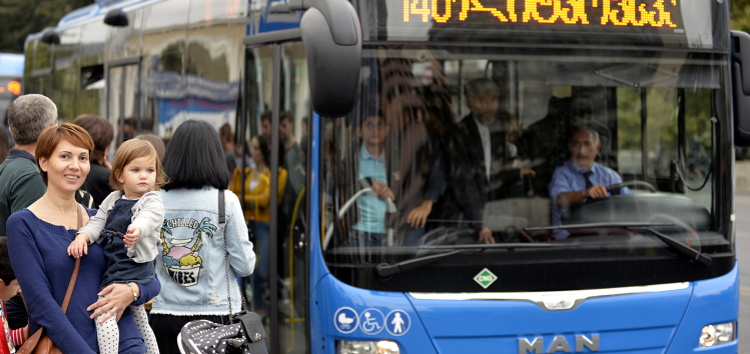 Tbilisi eco-friendly buses
Tbilisi eco-friendly buses Tbilisi, Georgia
Tbilisi, Georgia
The E5P grant under EU4Energy made this project possible, says Manik, by incentivising the municipality to invest in the first place. “In order to receive a grant, recipients must also take the loan from the participating IFI and pay into the fund themselves,” she notes. “This means that they have ownership over the project and are as committed as the donor countries.”
Another point to note is that the acquisition of the buses is seen as simply the start of a larger reform agenda. For example, bus routes are now being restructured and operators have developed business plans. As part of the project, the EBRD has prepared a Green City Action Plan to help municipal authorities make informed decisions regarding sustainable investment and reforms for the whole city of Tbilisi. “Projects like this can make a real difference because the recipient is an equal partner and recognises that the investment must be part of a larger strategy,” says Manik. “This is how E5P can be an effective tool for reform.”
Intelligent energy
The E5P has also had a number of successes in transforming residential buildings in Ukraine. The Partnership has provided grants of €17 million to local banks as part of the IQ energy programme, designed to promote energy efficiency investments. Loans with a small incentivised grant component are made available to residents wishing to invest in highly energy efficient products such as triple-glazed windows, solar panels and insulation. Making loans more attractive was essential in convincing residents to invest.
IQ energy, which has been operational in Ukraine since April 2016, is financed through the E5P. Since its launch, over 14,000 Ukrainians have improved their living conditions after receiving financial support from the EU. Citizens can purchase energy efficient equipment, related products and installation work and are then reimbursed up to 35% of the cost. The total amount invested by Ukrainians into modernising their homes has already reached over €12 million, and will continue to grow as the programme continues up to September 2020.
The Khorosh family are proof that energy efficiency is gradually becoming popular among Ukrainians. “From the start, we wanted to build in an energy efficient way,” says Oleksiy Khorosh. “And when I learned about the IQ energy programme, I realised that I could do everything faster.” With the help of the co-financing programme, Oleksiy was able to install an energy-efficient gas boiler and heating system at home and also insulate the floors.
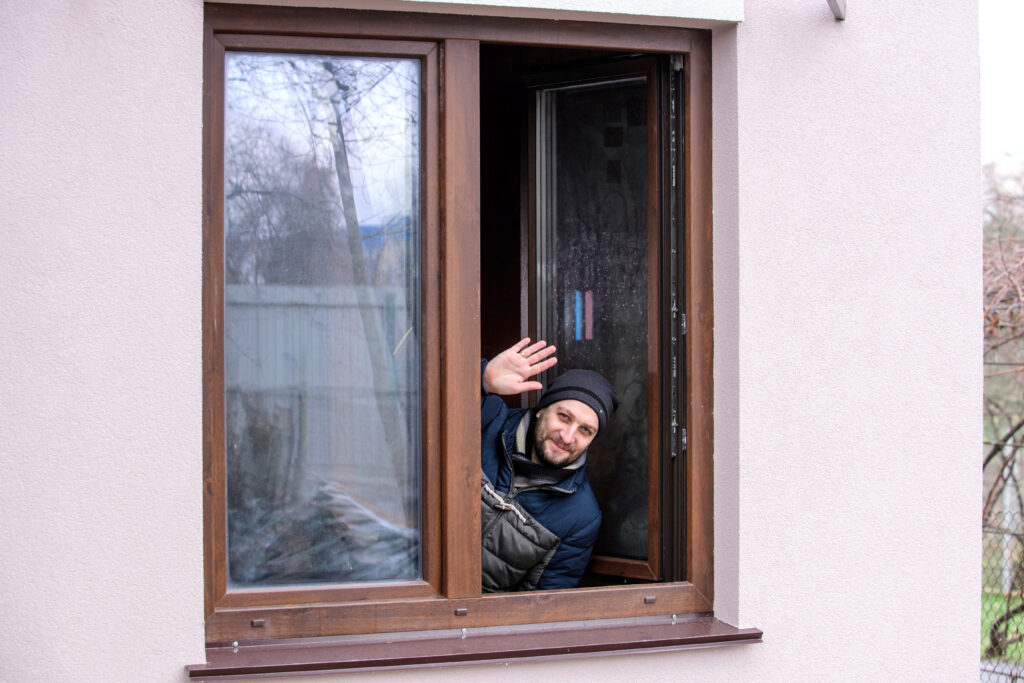 Oleksiy Khorosh
Oleksiy Khorosh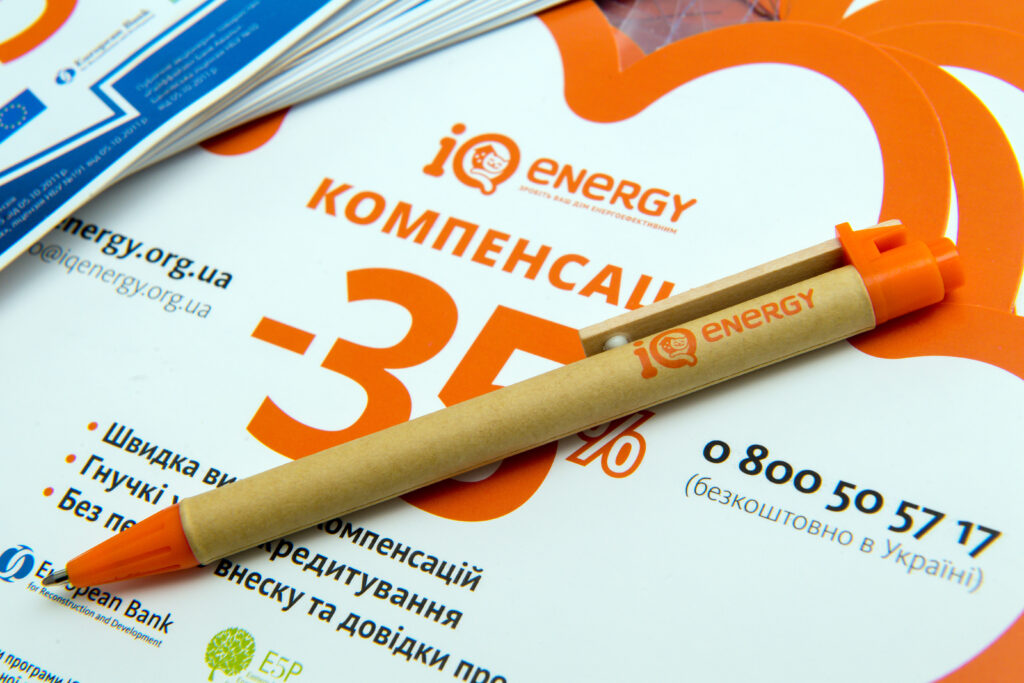 IQ Energy
IQ Energy
He admits that in order to apply for the programme, he needed to study all the relevant documentation carefully. “The process of collecting documents was worth it, because the size of the grant paid by the European Union within the IQ energy programme is substantial.”
About half the E5P grant money spent in Ukraine has focused on addressing the legacy of district heating. “The Soviet legacy of heating buildings centrally has led to inefficiencies and energy losses, so boilers, plants and heating sub-stations need to be introduced,” Manik explains. “The next step will be to install metering at the housing association level.”
EU-driven change
The E5P model builds on the experience of the EU’s Northern Dimension Environmental Partnership (NDEP), which was launched in in late 1990s to enable Nordic countries to tackle wastewater pollution coming from the former Soviet Union. The Finnish EU Presidency at the time came up with the idea of creating a partnership that gives grants to banks, which then fund projects that are mutually beneficial for everyone in the region.
The success of this model provided impetus for a similar scheme in Ukraine, with the aim of achieving energy efficiency and security. The fund, which in 2010 officially became the E5P, was later extended into Armenia, Georgia and Moldova in 2014 and then Belarus in 2017.
 Unsplash
Unsplash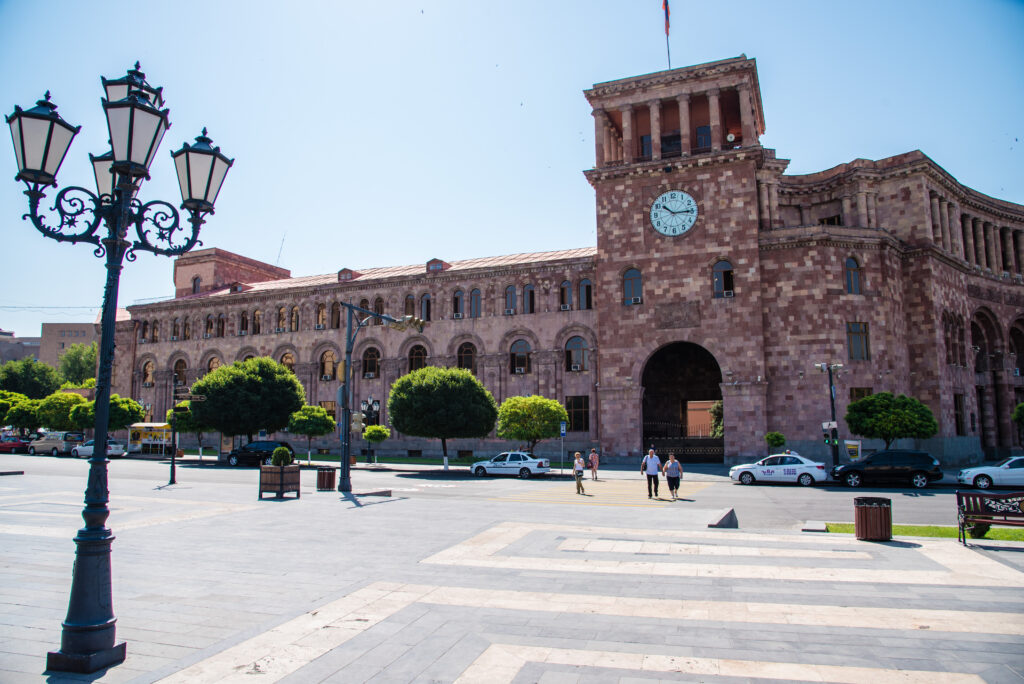 Yerevan, Armenia
Yerevan, Armenia
“The EU is the largest contributor, and what makes this Partnership unique is that the recipient countries also pay in,” says Manik. “They have a real stake and a real say in what happens.” For example, while the EU provides Ukraine with €40 million out of a total national E5P budget of €112 million, it is notable that Ukraine contributes €10 million itself to the fund. The same goes for Georgia, Moldova, Belarus and Armenia, which each contribute €1 million. Again, the EU contributes the lion’s share of the budget across the region.
Meaningful change
“It is important to note that these grants are tied in with loans,” says Manik. “They are not stand-alone instruments. Everyone in these projects has responsibilities that they must assume.”
The end result is that E5P projects are able to focus on concrete investments. We are there to deliver real benefits on the ground, like the new bus fleet in Tbilisi but also push for reforms and policy dialogue. This is achieved by providing incentives to the municipal sector, to help them implement meaningful, long term sustainable projects that bring benefits to all citizens.”
MOST READ
SEE ALSO

‘The Kremlin has entered the chat’: how to protect your personal data on Telegram and avoid the bait of propaganda
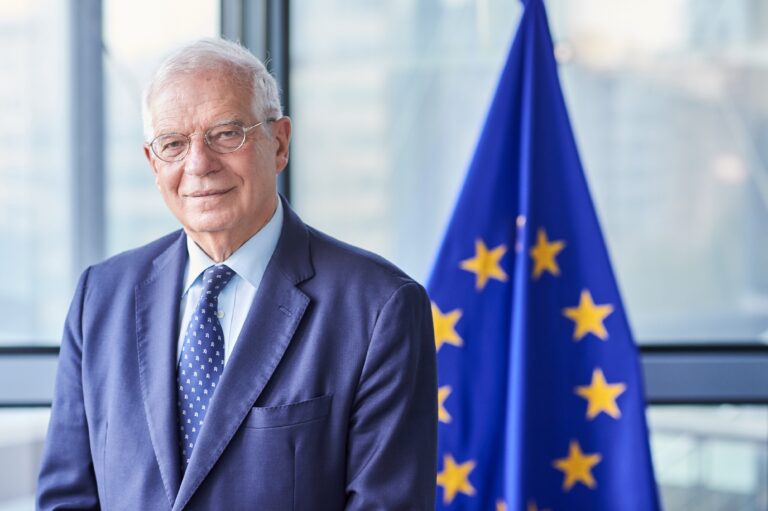
No, time is not on Russia‘s side

Socks for Peace: how the Vilni project is supporting internally displaced women in Ukraine
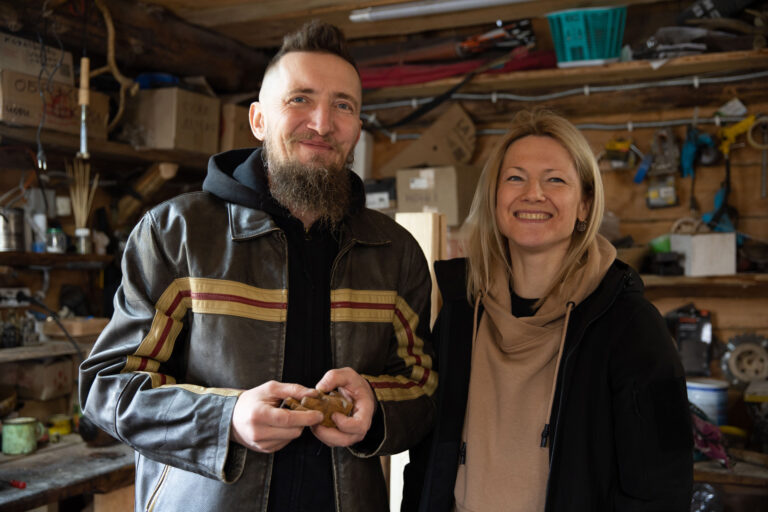
Celebrating traditional Ukrainian cultural identity in Rivne
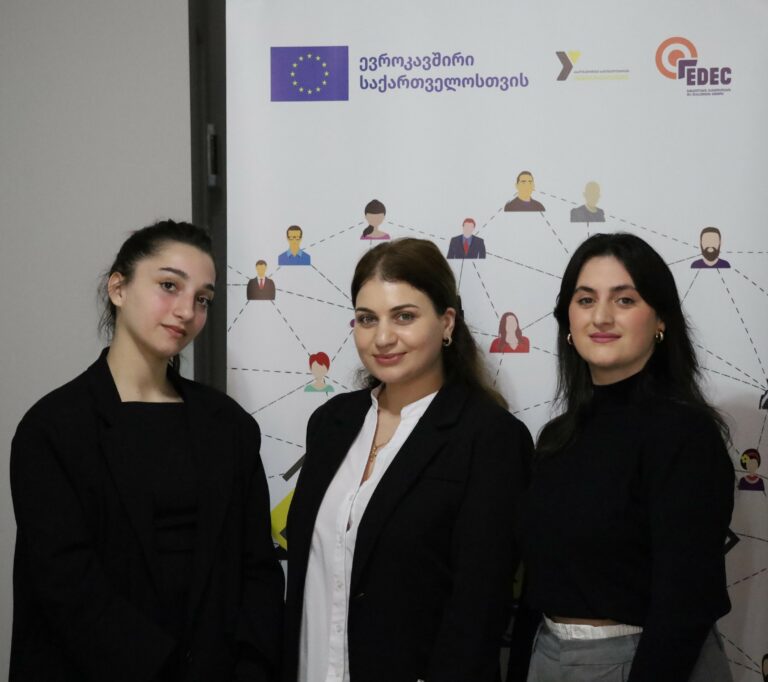
A hands-on approach to boost youth employment in Georgia
More campaign pages:
Interested in the latest news and opportunities?
This website is managed by the EU-funded Regional Communication Programme for the Eastern Neighbourhood ('EU NEIGHBOURS east’), which complements and supports the communication of the Delegations of the European Union in the Eastern partner countries, and works under the guidance of the European Commission’s Directorate-General for Neighbourhood Policy and Enlargement Negotiations, and the European External Action Service. EU NEIGHBOURS east is implemented by a GOPA PACE-led consortium. It is part of the larger Neighbourhood Communication Programme (2020-2024) for the EU's Eastern and Southern Neighbourhood, which also includes 'EU NEIGHBOURS south’ project that runs the EU Neighbours portal.

The information on this site is subject to a Disclaimer and Protection of personal data. © European Union,







